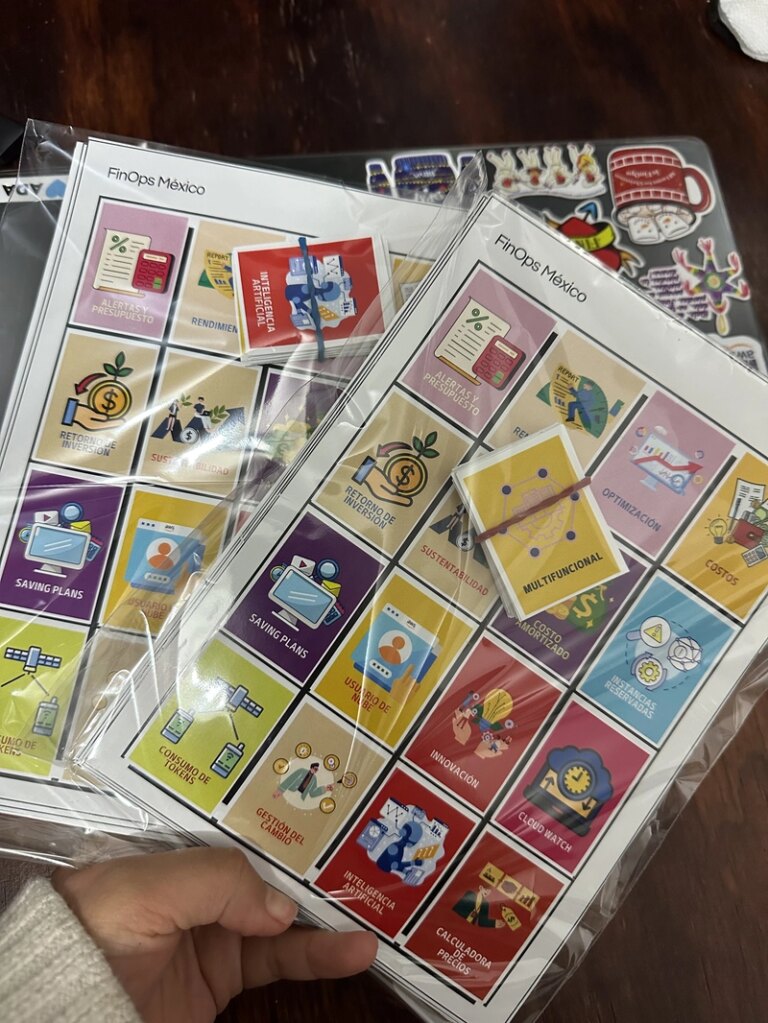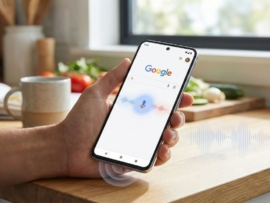Broken Object Level Authorization (BOLA): A Deep Dive into the API Security Threat
Introduction
APIs (Application Programming Interfaces) are the backbone of modern web and mobile applications, enabling seamless data exchange between systems. However, with increased API usage comes heightened security risks. One of the most prevalent and dangerous API vulnerabilities is Broken Object Level Authorization (BOLA), also known as Insecure Direct Object Reference (IDOR).
BOLA occurs when an API fails to enforce proper authorization checks, allowing attackers to manipulate object identifiers (IDs) and access sensitive data they shouldn’t have permission to view. This vulnerability can lead to massive data breaches, financial losses, and reputational damage.
In this comprehensive guide, we’ll explore:
- What BOLA is and how it works
- Real-world BOLA attack examples
- How to detect and exploit BOLA vulnerabilities
- Best practices to prevent BOLA attacks
- Tools and methodologies for testing BOLA vulnerabilities
By the end of this article, you’ll have a deep understanding of BOLA and how to protect your APIs from this critical security flaw.
What is Broken Object Level Authorization (BOLA)?
Broken Object Level Authorization (BOLA) is an API security vulnerability where attackers bypass access controls by altering object references (such as IDs, keys, or parameters) in API requests. When an API does not properly validate whether a user has permission to access a specific resource, attackers can manipulate these references to retrieve, modify, or delete unauthorized data.
How BOLA Works
A typical BOLA attack follows these steps:
- Identify an Object Reference – The attacker finds an API endpoint that uses an object ID (e.g.,
/api/users/123). - Modify the Object ID – The attacker changes the ID (e.g.,
/api/users/124) to access another user’s data. - Bypass Authorization Checks – If the API does not verify permissions, the attacker gains unauthorized access.
Example of a BOLA Vulnerability
Consider an API endpoint:
Copy
Download
GET /api/orders/1001
This endpoint retrieves order details for order ID 1001. If the API does not check whether the requesting user owns this order, an attacker can change the ID to 1002 and access another user’s order details.
Real-World BOLA Attack Examples
1. Facebook BOLA Vulnerability (2018)
- Issue: Facebook’s API allowed attackers to access private photos by manipulating photo IDs.
- Impact: Over 6.8 million users’ private photos were exposed.
- Fix: Facebook implemented stricter authorization checks.
2. Zoom User Data Leak (2020)
- Issue: Attackers exploited BOLA to access meeting recordings and user data.
- Impact: Thousands of private Zoom meetings were exposed.
- Fix: Zoom enforced proper session validation.
3. Uber API Exploit (2022)
- Issue: Attackers manipulated ride IDs to access trip details of other users.
- Impact: Sensitive user location data was exposed.
- Fix: Uber introduced role-based access controls (RBAC).
How to Detect and Exploit BOLA Vulnerabilities
Manual Testing for BOLA
- Enumerate API Endpoints – Identify endpoints with object references (e.g.,
/users/{id}). - Modify Object IDs – Change IDs in requests to test access controls.
- Check Responses – If unauthorized data is returned, BOLA exists.
Automated Tools for BOLA Detection
- Burp Suite (with Autorize extension)
- OWASP ZAP
- Postman (for API testing)
Preventing BOLA Attacks: Best Practices
1. Implement Proper Authorization Checks
- Always validate if the requesting user has permission to access the requested object.
- Use server-side checks, not just client-side validation.
2. Use Indirect Object References
- Instead of exposing raw database IDs, use UUIDs or hashed references.
3. Role-Based Access Control (RBAC)
- Restrict access based on user roles (e.g., admin, user, guest).
4. Rate Limiting and Monitoring
- Detect and block unusual access patterns.
5. API Security Testing
- Conduct regular penetration testing and code reviews.
Conclusion
Broken Object Level Authorization (BOLA) is a severe API security flaw that can lead to unauthorized data access. By understanding how BOLA works, testing for vulnerabilities, and implementing robust security measures, organizations can protect their APIs from exploitation.
Stay vigilant, enforce strict authorization checks, and regularly audit your APIs to mitigate BOLA risks.




